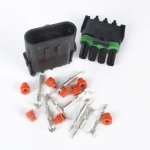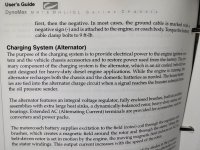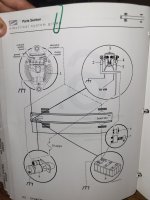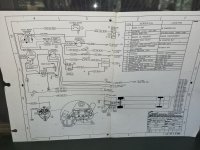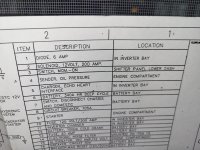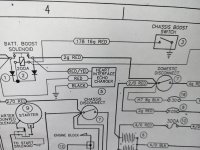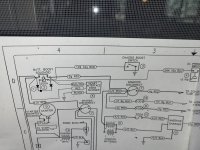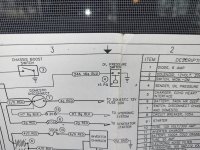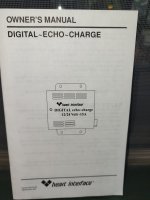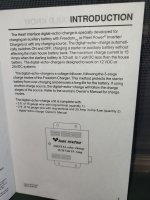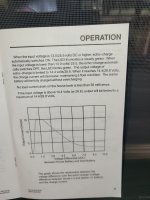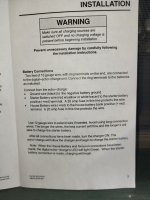- Thread starter
- #61
onanysunday
Well-known member
- May 7, 2021
- 3,746
- 3,443
So I had already bought one each of a positive and negative heavy duty busbars. $38 for both from Sun Fun kits. Trying to wrap my head around why I would need the Lynx Distributor and spend another $200. It does the same thing except it has fuses and monitors them. I already have a 400 amp fuse coming. Then I will need whatever other fuses for the system. I wont need the BMS or Shunt for this system.

